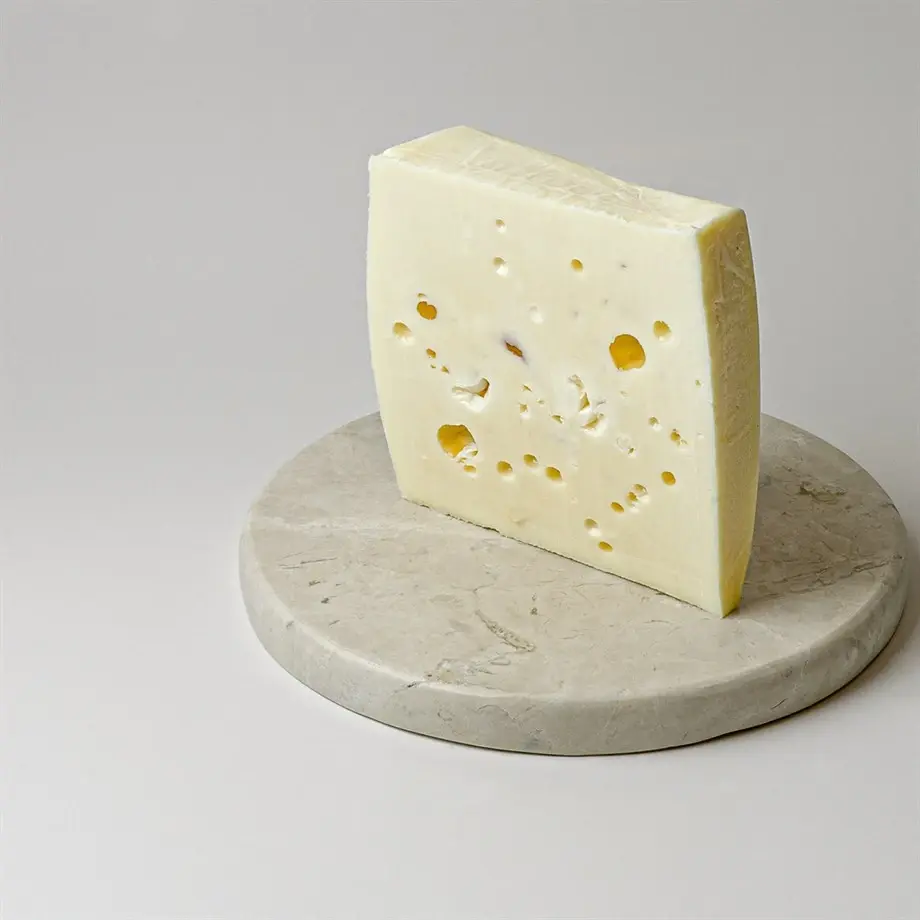In Search of Lost Flavors: Why Mihaliç Cheese Disappeared
- Hakan Doğu

- Jul 23
- 2 min read

Mihaliç cheese, a unique product of Karacabey in Bursa, tells the story of the cultural degradation we’ve witnessed in Turkish cheese traditions. I fully support those who refer to it as Turkey’s “Parmesan.” Its whey, sold as “kaymak loru,” is arguably the best “ricotta” I’ve ever tasted.
Originally, it was made from the milk of local sheep in Karacabey and aged for over 12 months. The older it got, the more the aromas exploded — a 24-month aged cheese was almost too precious to eat. Today, even finding a 12-month-old cow milk Mihaliç is rare — because with this inflation, who can afford the effort?
Due to its high salt content, it used to be wrapped in cheesecloth and stored at room temperature. Grated over any dish, it would make flavors explode. For example, grate it over homemade egg noodles (made with proper flour, not today’s chemical-laden stuff), add a few crushed walnuts — you’d get a spaghetti dish that could rival the Italians.
I could write more, but let me stop here. This cheese no longer exists, hence the use of past tense. Why?
Cultural degradation: Consumers say “ugh, this cheese smells like sheep.” Of course it does — it’s made from sheep milk! The Turkish palate has evolved to accept bland cow milk cheese.
Lack of standardization: The original sheep breeds were lost. Mixed-breed milk was used. Cow milk became dominant — now 90% of Mihaliç is made with cow milk, with only traces of sheep milk at best. True 100% sheep milk Mihaliç no longer exists.
A lesson from France: The cheese kingdom operates under a value chain: "Milk producer > Dairy > Affineur and seller." You don’t buy good cheese from a supermarket — you buy it from a cheesemonger. (This culture still exists in Balıkesir-Karacabey.) In Turkey, that chain is broken — and we’ve become a people who buy poor-quality cow cheese from the supermarket.
It’s just a part of the story — but for cheese lovers like me, it’s a sad one.
Comments